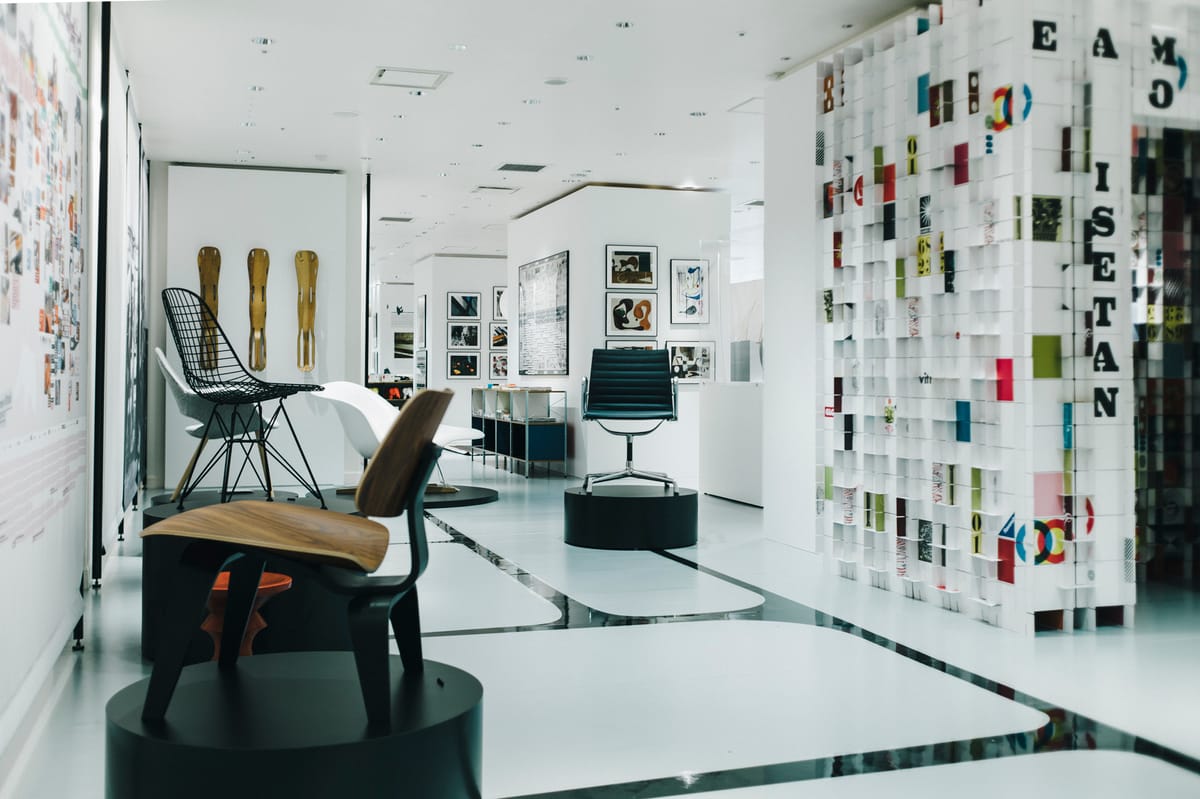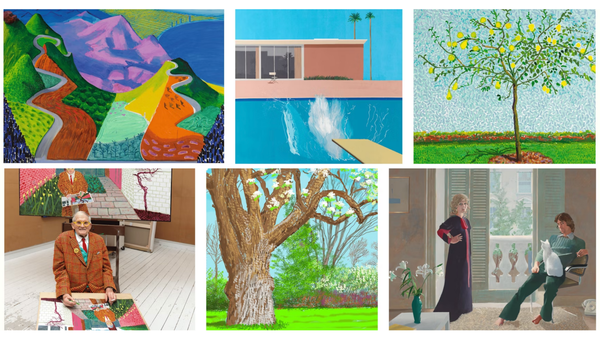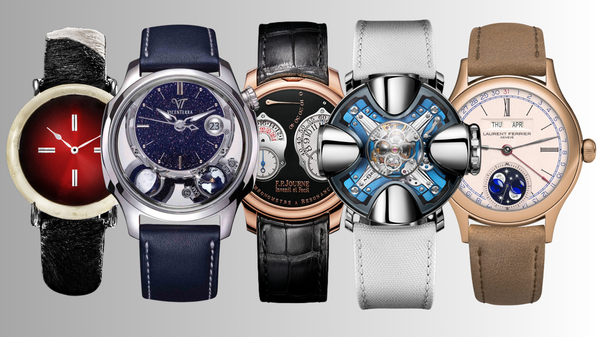The Visionary Duo Who Shaped Modern Design
Charles Eames, alongside his wife Ray, revolutionised modern design through their groundbreaking approach to furniture and architecture. Their innovative work seamlessly combined aesthetic appeal with practical functionality, setting new standards in design.

Charles Ormond Eames (1907–1978) was one of the most influential designers of the 20th century. His work, in collaboration with his wife Ray Eames, revolutionised furniture design, architecture, exhibition design, and film. Together, Charles and Ray created some of the most iconic designs of the modern era, blending artistic vision with technical innovation, and their interdisciplinary approach has left a lasting legacy that continues to shape the design world.
Charles Eames was born into a modest family on 17 June 1907 in St. Louis, Missouri. From a young age, he displayed an interest in mechanics, often tinkering with objects and developing an intuitive understanding of how things worked. This early fascination with mechanics and structure foreshadowed his future contributions to design and architecture.
Eames’ formal education began at Washington University in St. Louis, where he enrolled to study architecture. His time at the university, however, was short-lived. Eames was dismissed after only two years, reportedly due to his unorthodox views and enthusiasm for modernist architecture, which clashed with the school’s more traditional curriculum. His embrace of figures like Frank Lloyd Wright and Eliel Saarinen represented a forward-thinking approach that the university at the time found too radical.
While this setback could have deterred him, it instead marked the beginning of a lifelong journey into modernist design. Eames believed that architecture should not merely adhere to historical precedent but must evolve to meet the demands of modern life, a principle that would underpin much of his work.
After leaving university, Eames worked for several years in architectural offices in St. Louis before gaining a life-changing opportunity to work under Eliel Saarinen at the Cranbrook Academy of Art in Michigan. This period was formative, as Eames not only developed his architectural and design skills but also began forming relationships with some of the key figures in mid-century modernism.
At Cranbrook, Eames met Eero Saarinen (Eliel’s son), who would become a close friend and collaborator. Together, they entered and won the Museum of Modern Art (MoMA) Organic Design in Home Furnishings competition in 1940. Their innovative work on moulded plywood furniture during this competition set the stage for future collaborations and placed Eames on the radar of the modernist design world.





